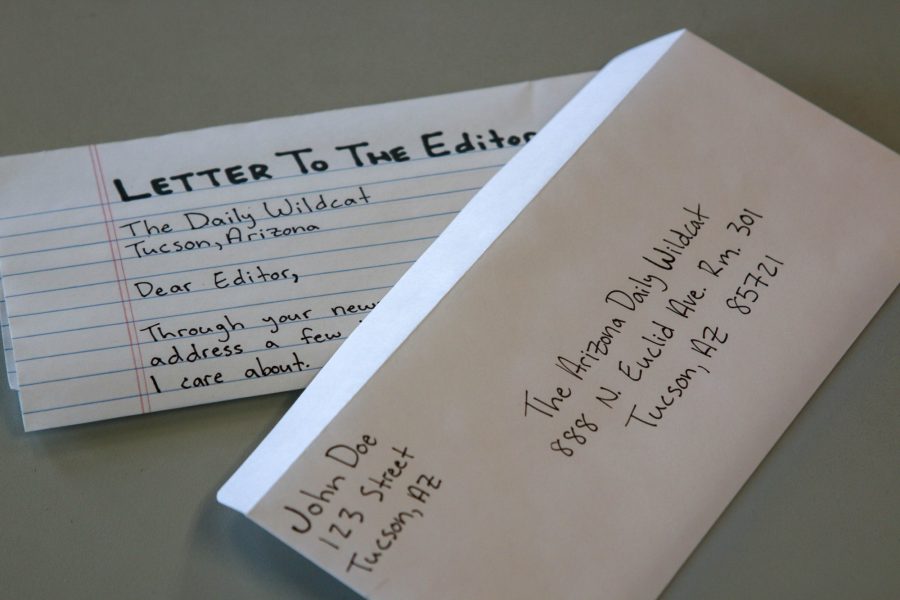City must respect neighborhood residents’ rights
Jacob Winkler’s letter (Nov. 19) on the Jefferson Park neighborhood was most offensive to me. It is difficult to understand how a future regional developer/planner and a neighborhood resident would describe this section of town in such a negative and pejorative fashion. His description of the area is a distorted and lopsided depiction of the neighborhood. Since I have owned a home in this part of town since 1975, I want to present another perspective.
This area of town has enormous historical value both to the UA and the city of Tucson. Jefferson Park was part of a homestead ranch, adjoining the university campus. The colorful stone wall around today’s inner campus was built to keep the ranch’s cattle off the university grounds. The original ranch house and smaller homes of ranch hands still stand today. These houses add real character to this established neighborhood. The uniqueness of the neighborhood is created by its tremendous housing diversity.
The Great Generation, survivors of the Great Depression and the World War II, built their homes in this neighborhood during the late ‘40s and into the ‘50s. Professors, judges, city staffers, et al. reared their families in this region of Tucson. Jefferson Park Elementary, recently closed by the school district, was considered the best grade school in Tucson for many years.
There are many beautiful homes in this area, displaying various styles of Southwestern architecture. Anther wonderful neighborhood feature is the large yards, allowing residents to use both their front and backyards. The alleys offer residents access to their property, serve as a conduit for all electrical, telephone and cable lines and provide space for city garbage dumpsters. Most Tucson housing developments lack the privacy, convenience and ambience of Jefferson Park.
In the 1970s, when the original residents moved or died, their houses were often sold to absentee-property owners, many living out-of-state. Because these homes were built on large city lots, many investors/owners decided to increase their investment profits by building small, inexpensive apartments on the alleyways. Many long-term residents were upset by this building phase, changing the initial character of our single-family dwelling neighborhood. However, city zoning codes allowed these owners to build these small apartments on their property. Unfortunately, this building continues on alleyways.
In recent years, the mini-dorm phenomenon started in our neighborhood. Instead of single-family dwellings, large two-story houses are being constructed, impacting the overall quality of the neighborhood. These facilities add traffic, limit privacy and degrade the environment, destroying mountain views and creating large concrete parking lots.
The issue is not about students. Our block has four or five houses with university students. They are well–behaved and friendly to the full-time residents on the street. The neighborhood welcomes students and families who enjoy living in single-family dwellings. Downs are for the campus, and not for our neighborhood. The City of Tucson needs to protect the property rights of family-owned/occupied homes against the predatory developers who only have short-term interest in the neighborhood.
Bill Jaap
Resident of Jefferson Park and UA alumnus








